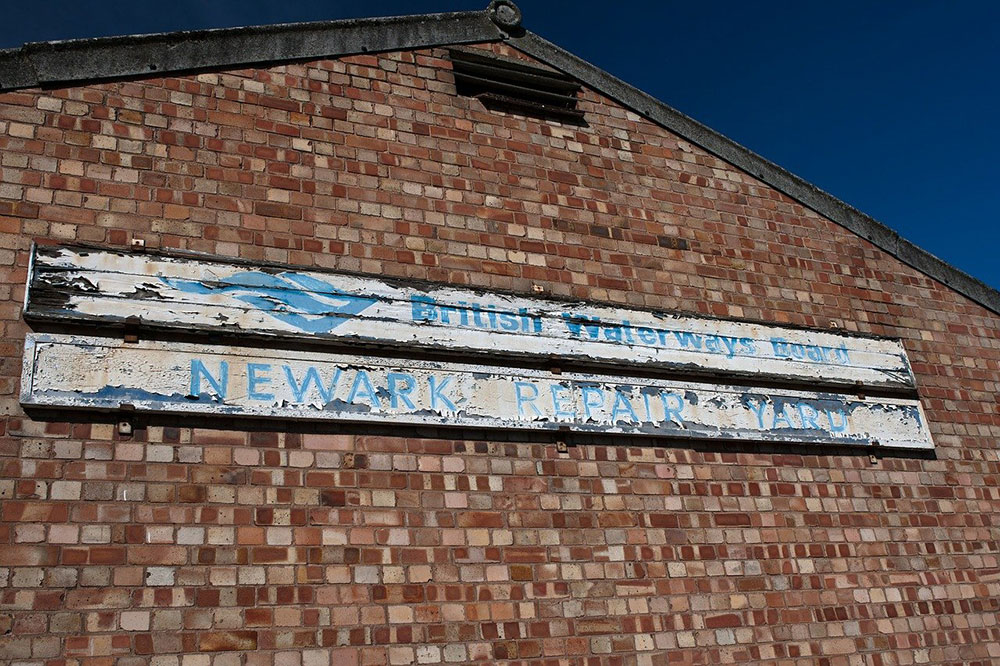Advertisement
Asbestos is enormously hazardous. The federal government has estimated that asbestos was, in Canada, the cause of approximately 430 mesothelioma cases and 1900 lung cancer cases in 2011. In December 2016, the government announced that Canada would commit itself to ban asbestos and all products containing asbestos by 2018.
Nonetheless, this does not affect the products already manufactured. For example, there are still many houses that contain asbestos, but unfortunately, homeowners may not be conscious of what could be hiding in the walls of their property.
What Is Asbestos?
Six naturally occurring fibrous minerals are referred to as asbestos. A fibre of asbestos must be longer than five micrometers and have at least a 3:1 length to width ratio. Furthermore, according to several Canadian regulations, its width should be smaller than three micrometers.
Two categories of asbestos are recognized based on the differences in their chemical and physical properties. Serpentine fibres are characterized as long, curved, flexible, and easily woven together, while amphibole fibres are stiff and straight, limiting their commercial exploitation. Another five subtypes of asbestos exist and are named as followed: crocidolite, amosite, actinolite, anthophyllite, and tremolite.
Why Was Asbestos Heavily Used?
Asbestos has been commercially very desirable due to its properties. Extremely durable, it can neither dissolve in water nor evaporate. It is highly resistant to biological, chemical, and heat break down. Thus, the fibres are nonreactive with most chemical products and do not burn.
Asbestos possesses other useful properties such as its friction characteristics, adsorption capacity, and tensile strength. The list of its properties also includes its heat, sound, and electrical insulation capabilities. Hence, manufacturers exploited asbestos for numerous manufactured products. Nowadays, despite the diminution in the use of asbestos, many products still contain asbestos fibres, particularly in public buildings and houses.
Why Is Asbestos Dangerous?
Asbestos is known to be a friable material. When pulverized, particles can become airborne. Consequently, one can inhale the asbestos fibres, which is considered a significant health concern. The release of fibres in the air is due to disturbance or deterioration of the material. When individuals breathe in asbestos particles, the latter cling to the lungs’ tissues and other parts of the respiratory system.
What Are the Consequences of Exposure to Asbestos?
The effects that asbestos has on humans’ health are severe. An individual has a higher risk of enduring asbestos-related disorders if the exposure is for an extended period. When tiny particles get into the respiratory system, one can experience inflammation, followed by alarming health issues such as asbestosis, lung cancer, and mesothelioma.
Asbestosis is a consequence of scar tissue plaques on the pleura. Mesothelioma is cancer formed in the membrane protecting the vital organs found in the abdomen and the chest. These illnesses can lead to a deficiency of respiratory function and even death. The heart can also become bigger due to an increase in blood flow resistance in the lungs.
Common Sources of Asbestos in the House
Asbestos fibres can become airborne when insulation in ceilings, walls, or near hot water tanks is disturbed. This can also happen when one scrapes ceiling or floor tiles containing asbestos and when one sands the plaster that defines the texture of the walls. Shingles and felt for roofing are other common sources. Furthermore, scraping older water-based coatings and smoothing rough edges of asbestos materials can release hazardous particles. Electrical appliances can also do so.
What to Do if One’s House Is Contaminated?
If homeowners are not entirely sure that their house is asbestos-free, Health Canada recommends that their exposure risk is lower when performing asbestos testing. Asbestos testing needs to be done by professionals. The testing should be done preceding any renovations, demolition, or addition. If the testing is positive, one must contact an asbestos removal specialist. The only way of knowing whether asbestos is present in a manufactured product is through its testing.
If in the attic of the property, there is vermiculite-based insulation, free areas may contain asbestos. Homeowners should take some precautions before the arrival of the specialists. For example, children should not have access to the attic space. A homeowner should cover all holes and cracks in the ceilings of the rooms found below the insulation. The homeowner should caulk around light fixtures, the window and door frames, the electric outlets, and baseboards.
When an asbestos test is ongoing, the homeowner should always shut down any cooling, heating, and HVAC systems to diminish the risk of asbestos exposure and avoid the spreading of hazardous particles.
Importance of Hiring a Professional Asbestos Contractor
The homeowner mustn’t try to take asbestos material in their own hands for the sake of his or her safety. When dealing with asbestos, certified professionals are required because they are more knowledgeable and familiar with such cases. They know how to identify asbestos-containing material, operate the engineering controls, and use and dispose of appropriate equipment and clothing. They have the waste disposal procedures, the hazards of exposure, the specific work procedure, and the importance of any health monitoring needed.
How to Hire a Professional Asbestos Contractor?
According to, MoldBusters, experts in the asbestos testing field, when you hire a professional contractor, the client needs to make sure that the specialist is qualified, familiar with asbestos testing and removal.

